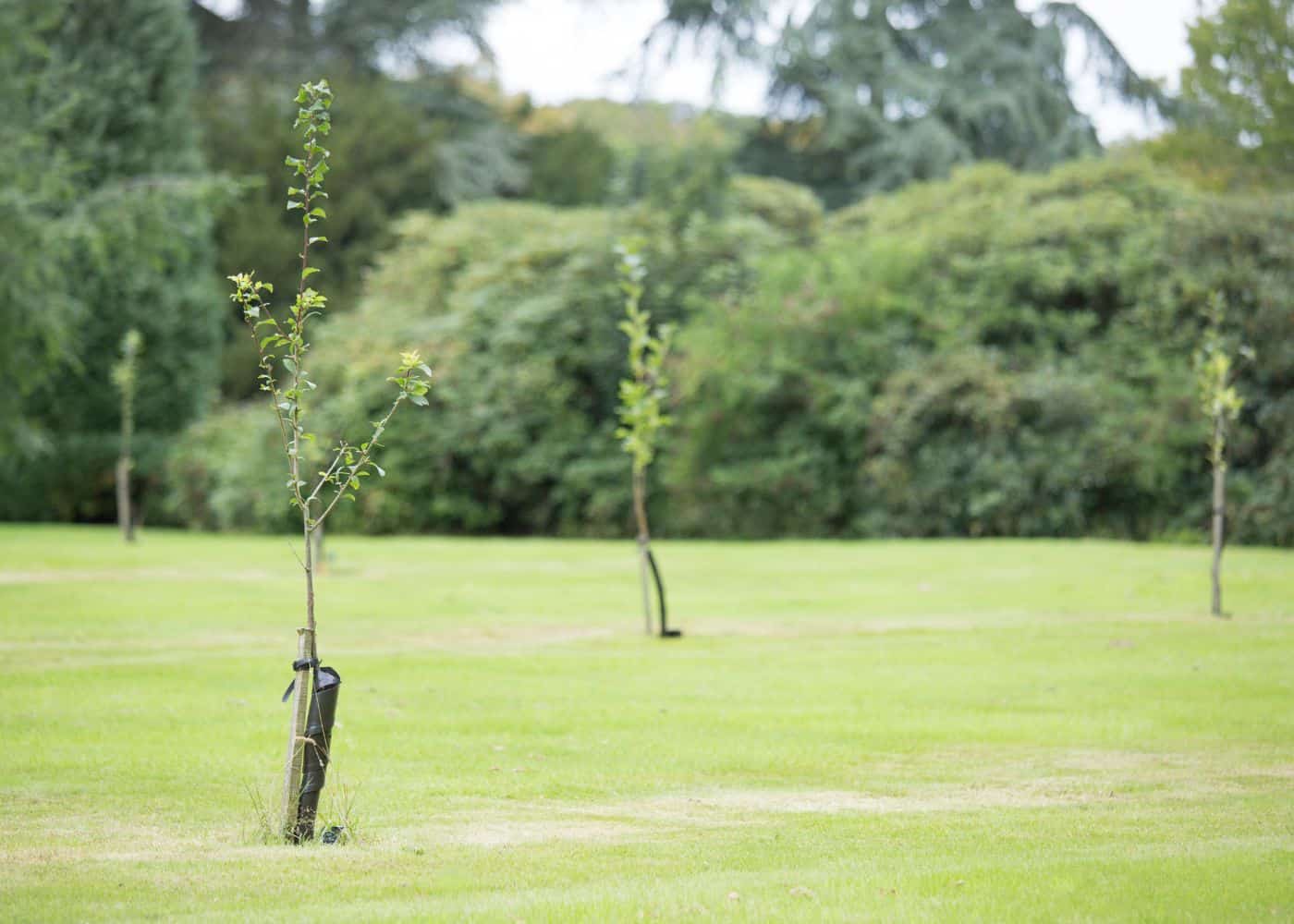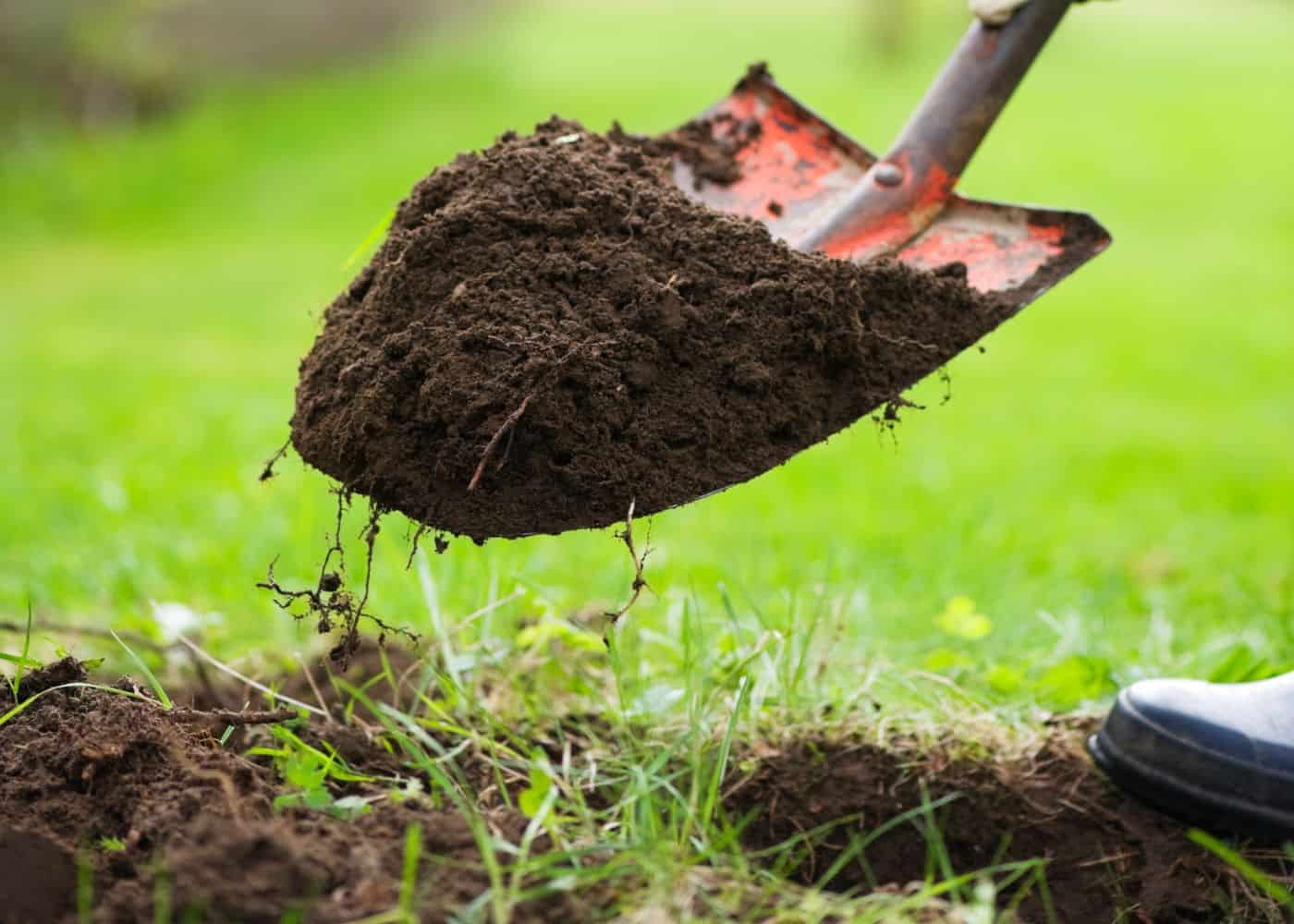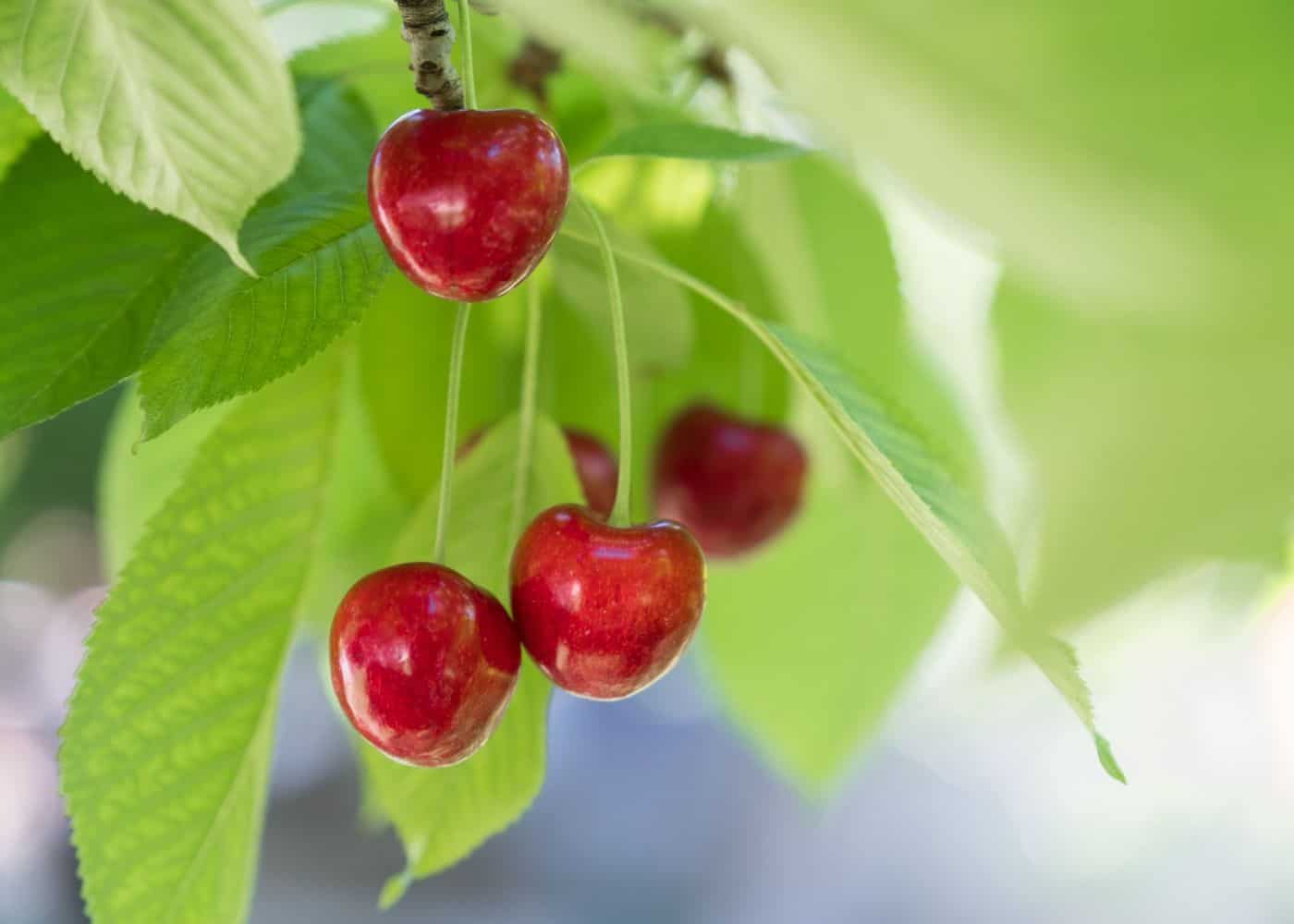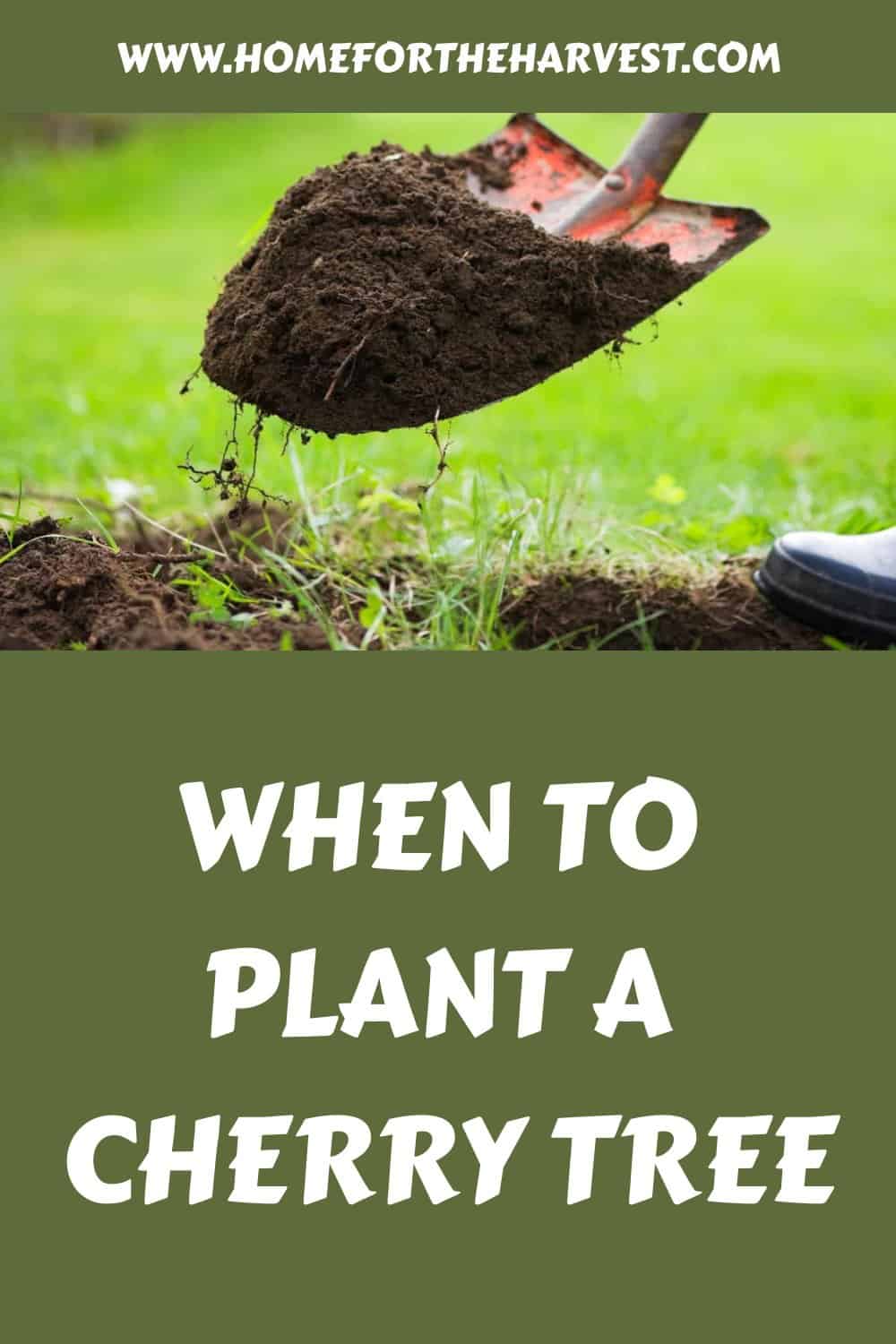One of the most popular fruit trees to grow in backyards is the cherry tree — and with good reason! Cherries are one of the most versatile fruits used in baking and as desserts. But when should you plant a cherry tree?
The best time to plant a cherry tree is in the spring or fall. Springtime is perfect for fruit tree planting as many varieties are available in nurseries, but outdoor temperatures are not yet hot enough to add additional stress after transplanting. Early fall can also be very successful as the soil is warm, but the roots still have time to establish before winter. Don’t plant cherry trees in frozen or saturated soil.
Let’s look at how to plant cherry trees — and learn some helpful tips along the way!

When is the right time to plant a cherry tree?
Plant cherry trees in a sunny location with adequate air circulation and deep, well-drained soil in the early spring or fall. This is when the ground is soft and has a better moisture content. Whatever the season, be sure to water your new tree very frequently for the first 6 weeks after transplanting.
Add mulch to lock in moisture, then thoroughly water. In a bearing year, you’ll need to cover trees with wildlife-safe netting after they bloom to keep birds away from the fruit. If you want to plant in the summertime or early fall, you might have better luck with the smaller cherry tree varieties that can withstand hotter climates.
“Several research studies have demonstrated the advantages of planting as soon in the spring as the soil conditions will allow. Trees planted in April have a decided advantage over those planted even one month later. As temperatures increase in late spring, trees planted late will break bud sooner and struggle initially without a regenerated new root system developed.”
Planting fruit trees, Michigan State University
How to pick out your perfect spot for planting.
Choosing the perfect spot for planting is often difficult, but it’s worth the effort. You need to find a place that receives at least six hours of direct sunlight, has well-drained soil, and can provide your new tree with enough room to grow. Try picking out an area close enough to your house so you can water it often.
Which type of soil should I use?
When it comes time to plant your cherry tree, there are many factors you should consider. The most important of these is the soil. You may think that any old dirt will suffice for your cherry tree, but this is not true. Different soils have different properties and requirements, which affect your tree’s health. One type of soil that many people use is heavy clay. This type does not drain well and tends to become waterlogged. Cherry trees thrive on well-draining soil, between pH 6.0 and 7.0.

Tips for planting cherry trees during each season.
Spring planting is best for beginners. Spring is when you can plant most trees, including cherry trees. Fall planting will give your tree time to establish roots before winter arrives. This means it’s more likely to survive the winter and produce cherries in the spring. Only plant during the colder season if your area has mild winters, as temperatures below 40°F could kill your tree’s tender buds.
Harvesting fruit.
Because sugar content rises in the several days leading up to full ripeness, only harvest the fruit when ripe (dark red, black, or yellow). Hand plucking could harm the shoots and spread infection, so use scissors to cut them. To avoid damaging the cherry fruit, top-pick with the stem, as this ensures it will bear fruit the following year.
Is any maintenance required after you plant a cherry tree?
Maintaining your cherry tree is easy and takes very little time. Water it every day for the first week after planting. Following that, you only need to water it once a week. Ensure the soil is always moist so your cherry tree can grow strong and healthy. The best time to fertilize your cherry tree is in early spring.
- Sour and sweet cherries need the same level of care.
- Use mulch to keep moisture in the soil.
- Drape netting across trees to keep birds away from the fruit.
- Water often in arid areas.
- Cherry trees don’t need fruit thinning, as fruit naturally thins in early summer.
- Pruning in late winter each year promotes new fruiting wood.
- Avoid pruning in the autumn.
Consider adding companion plants.
Companion planting is a technique that has several benefits. Some plants help each other grow, fight off pests and diseases and even produce better yields. Also, ensure the varieties of sweet cherries will cross-pollinate when choosing.

Cherry tree varieties
Cherry trees have beautiful white or pink blossoms in the spring. They then produce the delightful cherries that people know and love. Sweet cherries are self-sterile and thrive in hardiness zones five to seven. Here they grow best in an orchard or a sizable garden. Cherry trees must cross-pollinate, so you’ll need at least two or three trees. Consider the dwarf, self-pollinating cultivar Stella variety if you’re short on space.
Sour cherries are great in preserves and other cooking recipes but are rarely eaten raw. All varieties of sour cherries are self-fertile and smaller than sweet cherries.
Here are some of the most popular varieties of cherry trees to plant:
- Rainier Cherries
- Stella Cherries
- Bing Cherries
- Montmorency Cherries
- Lapins Cherries
- Stella Cherries
- Meteor Cherries
- Glacier Cherries
Cherry trees begin producing fruit in their fourth year, though dwarf varieties do it one year earlier. A sweet cherry tree of average size will yield 30 to 50 quarts of cherries annually, while a dwarf tree gets roughly 10 to 15 quarts.
Are there tools required for planting?
To plant your cherry tree, you’ll need:
- A shovel or spade.
- A garden hose or watering can.
- An organic potting mix and pot.
The best time of year to plant a cherry tree is during spring or fall. You can also plant your tree in the winter if you live in an area that doesn’t experience frost.
References
- Planting fruit trees, Michigan State University
- Bulletin #2411, Planting and Early Care of Fruit Trees, University of Maine






